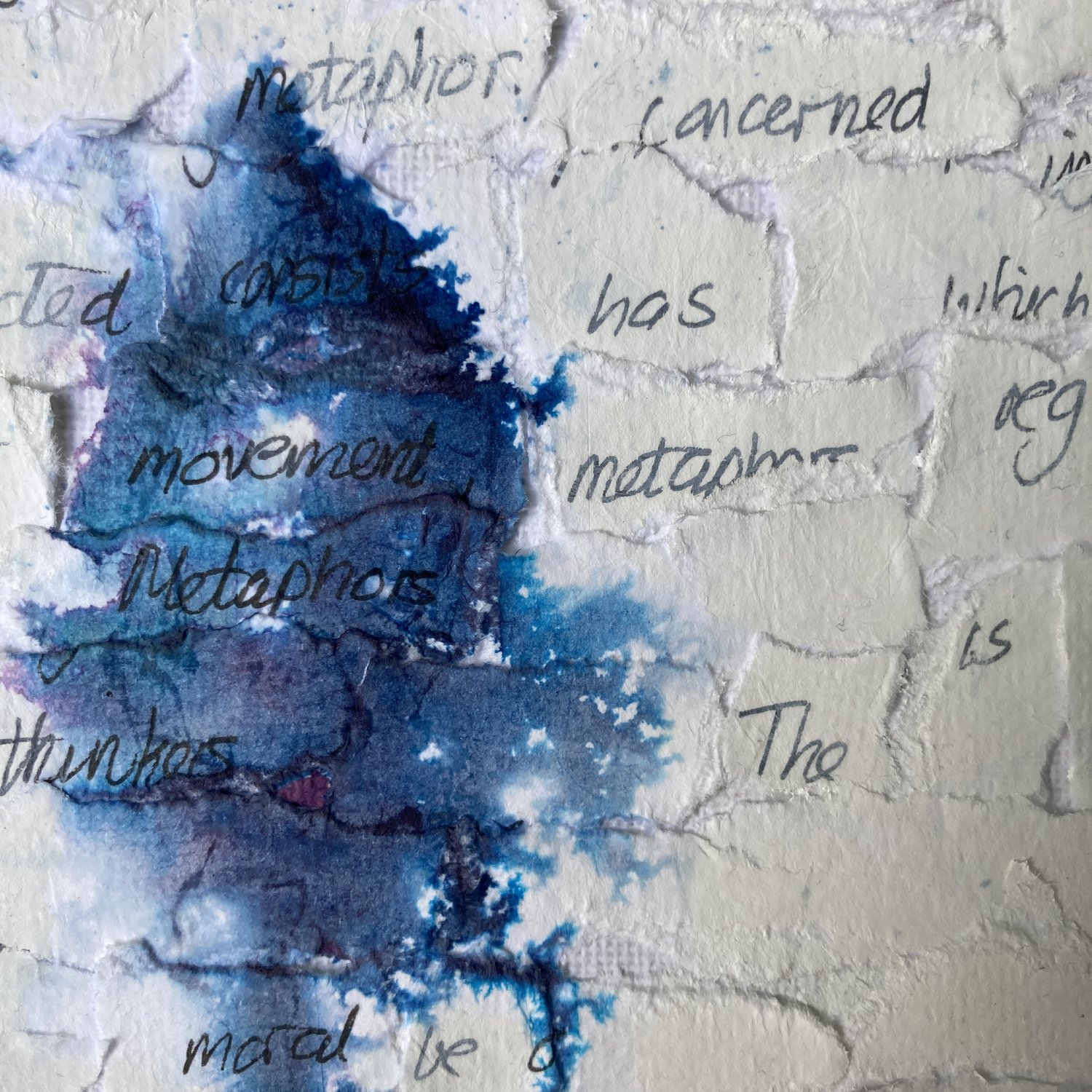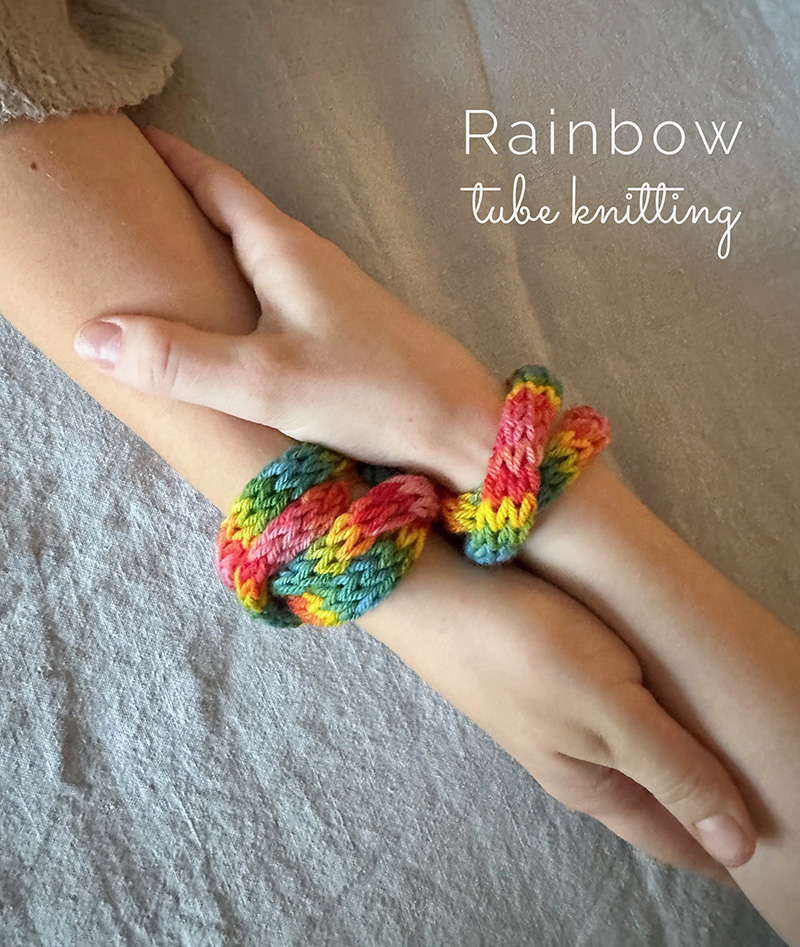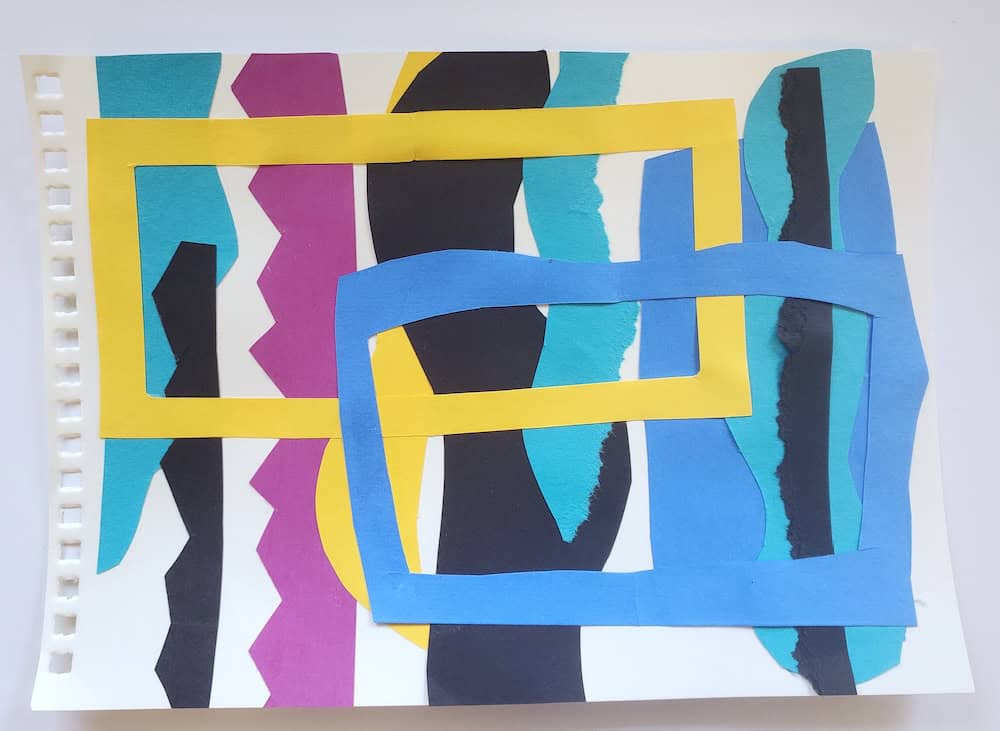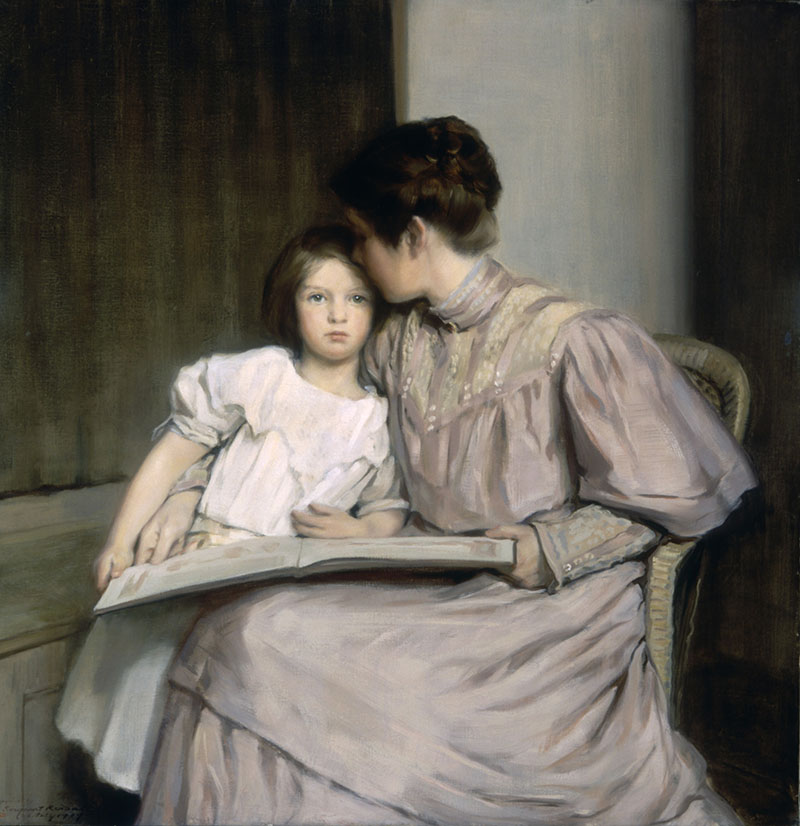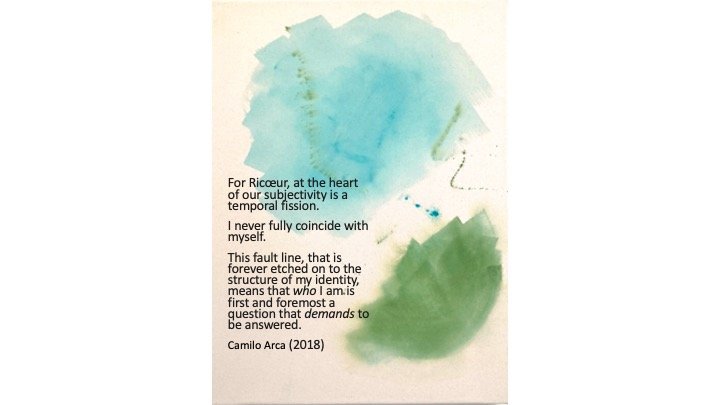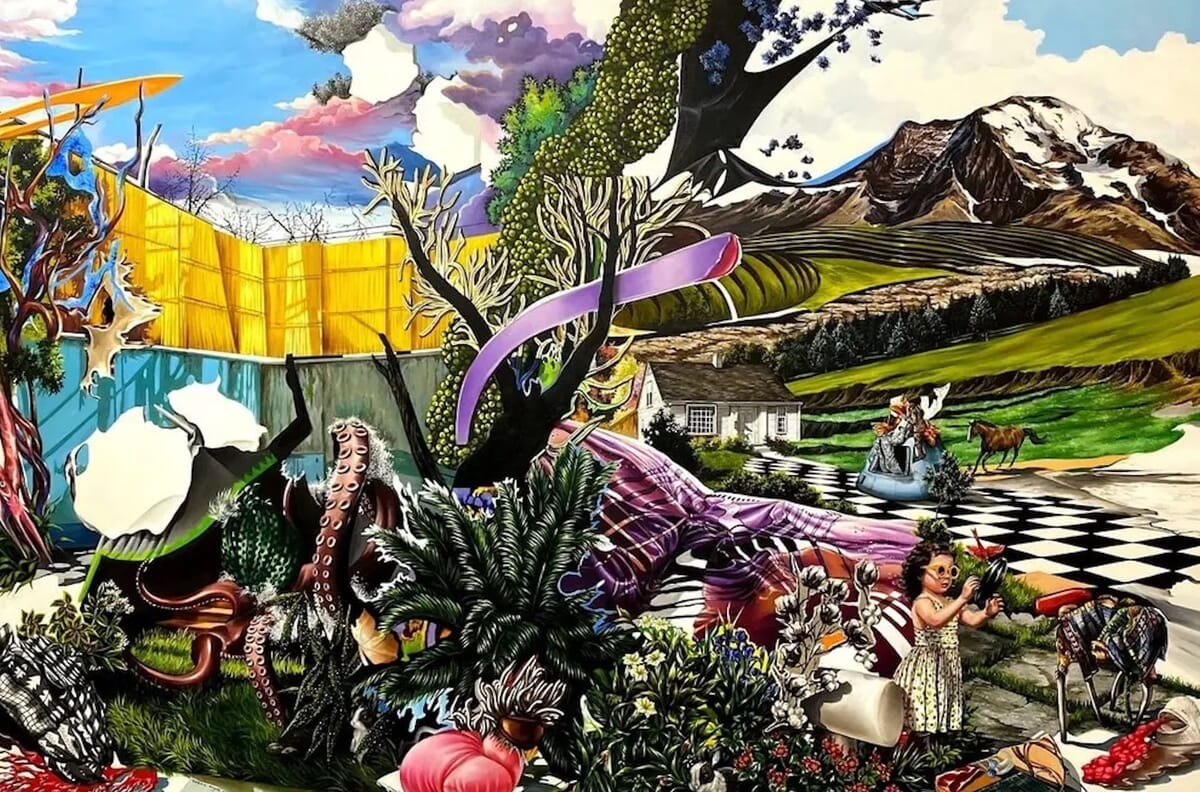Featured in The Sound of Form exhibition, Anysia Nefissi gives form to the formless. Through a subtle interplay of colour and shape, her works vibrate with sensory poetry. Each canvas becomes a passageway, an invitation to feel the echo of emotions, memories and spaces buried within us.
By Cécile Martet | 10 Feb 2025
How would you define your approach to colour and form in your work?
Colour and form have their own language, which I use to convey messages through my work. Abstraction, through colour and form, can transcend the limits of the physical by making the invisible visible. Each work is a transition from a formless sensation to matter. Colour and form allow me to question the senses and emotions. I then use this knowledge as the key to better understand the invisible world and the Self.

For you, can a shape or colour ‘resonate’ like a sound? If so, how does this translate into your work?
Synaesthesia is a perceptual phenomenon that combines several senses. For example, seeing colours when you hear music. Each sense is triggered by another, creating cross-sensory perceptions. My approach to the senses is not just visual, but kaleidoscopic. In my work, this translates into a practice that encourages sensory experimentation through abstraction. Forms are revealed in a play of movements and gestures that show up creatively through transparencies and dissolutions of paint as well as blurs and accumulations.

How do rhythm and vibration play a role in the composition of your work?
Rhythm and vibration play an important role in the composition of my work. They encourage introspection and sensory experimentation. It’s a play between full and empty, silence and noise, vibration and mobility. This hybrid composition allows me to create sensory spaces where these dualities can be experimented with. For example, in my work The White Noise, the rhythm is suggested by the accumulation of transparencies.

How do you choose your colour palettes? Are they linked to specific emotions or ideas?
My colour palettes are linked to psychology and Goethe’s colour theory. There’s also a lot of intuition in my work. I associate colours with emotions that are themselves linked to specific ideas. For example, in my work Thud, which is an abstract representation of a thud, I chose to work in a range of blues, going almost as far as black. This palette is linked to my idea of a thud and nothingness.

To what extent does the theme of the exhibition ‘The Sound of Form’ echo your own artistic approach?
The viewer projects their dreams, fantasies, fears or oblivion into my work.The trace, the form of the invisible emerges and now we have to decode it. I explore the form of the invisible and the non-palpable through three aspects: the organic, myth, and sensory memory.
Do you think that silence can amplify the visual impact of a work?How does this influence your work?
Silence can amplify the visual impact of a work in the sense that it creates a mental space and an immersion in the work. Silence and absence allow the viewer to engage with the work in a physical way. Silence is necessary for the echo of the work to resonate.

Do you have a creative routine? For example, do you always create in peace and quiet, with background music, or does this vary according to the theme of your work?
My creative routine varies and depends on the theme of my work. It depends on whether I’m in the middle of research, experimentation or the creation phase. On the whole, I like to alternate moments of calm with music, like James Blake’s Say What You Will or Snoh Aalegra’s I Want You Around. I also sometimes listen to podcasts like Talk Art or Avec philosophie. Sound has a huge influence on my work.

Do you seek to create a sensation of movement in your work, or on the contrary, a calming effect?
Yes, I do try to create a sense of movement in my work through abstraction.
Although my works project a calming effect, it is through form and colour that movement takes place.This impression of movement is only possible if you look deep ‘inside’ the work.
If your work could ‘emit’ a sound or a rhythm, what would it sound like?
If my works could emit a sound, they would have different tonalities depending on the theme I wanted to give them, alternating with silence. I like the idea of white noise, which contains all the audible frequencies equally distributed in terms of intensity. Each frequency has the same energy.

What do you hope viewers will feel or remember when they see your work in this exhibition?
I’d like viewers to be able to explore the world of sensations I propose by questioning their own perception and experiencing the power of colour and form through their own sensory memory.

